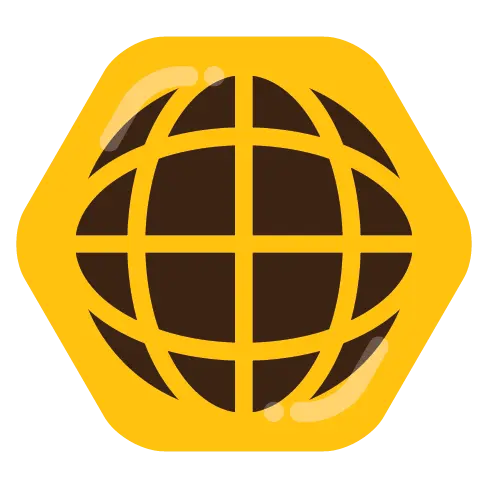cross-posted from: https://beehaw.org/post/18057223
The Central Tibetan Administration [CTA], also known as the Tibetan Government-in-Exile, has announced plans to publish a comprehensive book and map documenting the original Tibetan names of places and boundaries. This initiative, aimed at countering China’s escalating cartographic aggression, was disclosed by CTA President Penpa Tsering during an interview with Hindustan Times.
President Tsering […] explained the challenges and scope of the project, noting that the complexity would vary depending on the depth of research undertaken. “The work on the map is under process, and much will depend on to what level we need to go to find out the original names in Tibetan. If we restrict it only to townships, the task becomes much easier. Maybe we will begin by focusing on townships and later expand it to include villages, and that involves a lot of work.”
[…]
Prominent international media organisations, including The Guardian, AFP, ANI, and NDTV, have been criticised for using the term “Xizang” in their reports. A recent example involved coverage of the devastating earthquake in Dingri County, Shigatse Prefecture, which claimed 134 lives, injured 337, and destroyed thousands of homes. These reports prominently featured the Chinese term, drawing criticisms from the Tibetan community.
In another instance, the Musée du quai Branly in France faced backlash for using “Xizang” in its catalogue of Tibetan artefacts. Following strong opposition from the Tibetan community, supporters, and activist groups like Students for a Free Tibet (SFT) in France, the museum eventually removed the term. Scholars argued that the use of “Xizang” aligns with China’s official narrative and diminishes Tibet’s cultural and historical autonomy.
[…]

